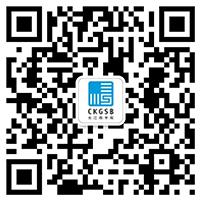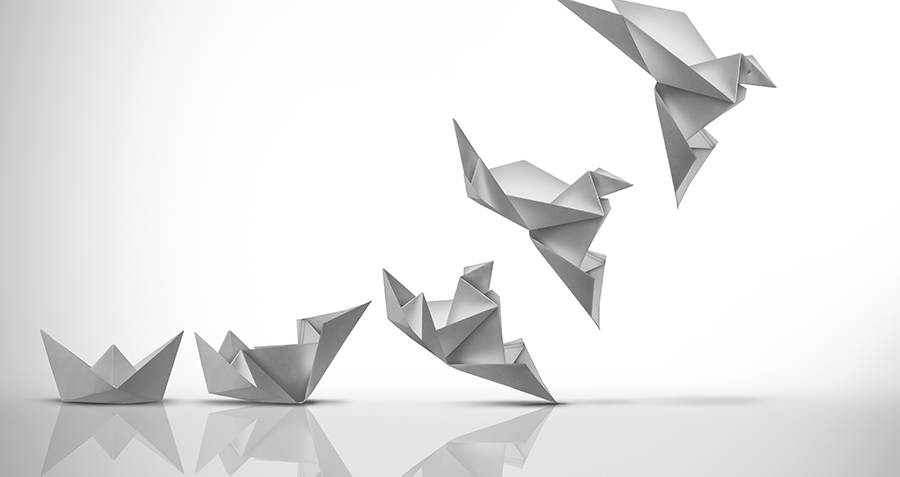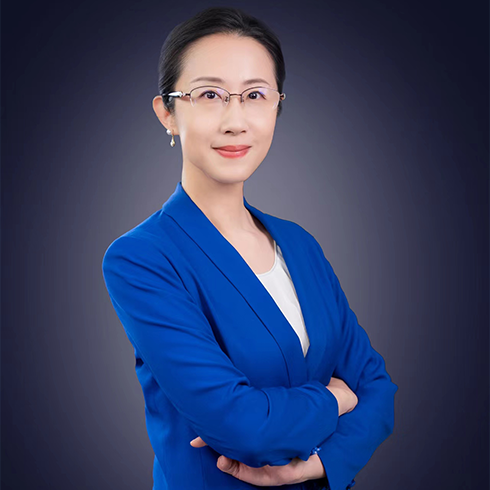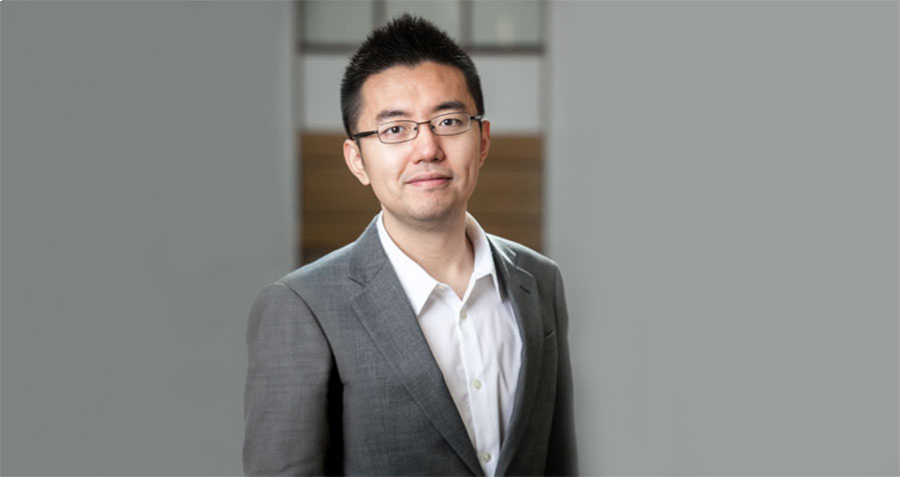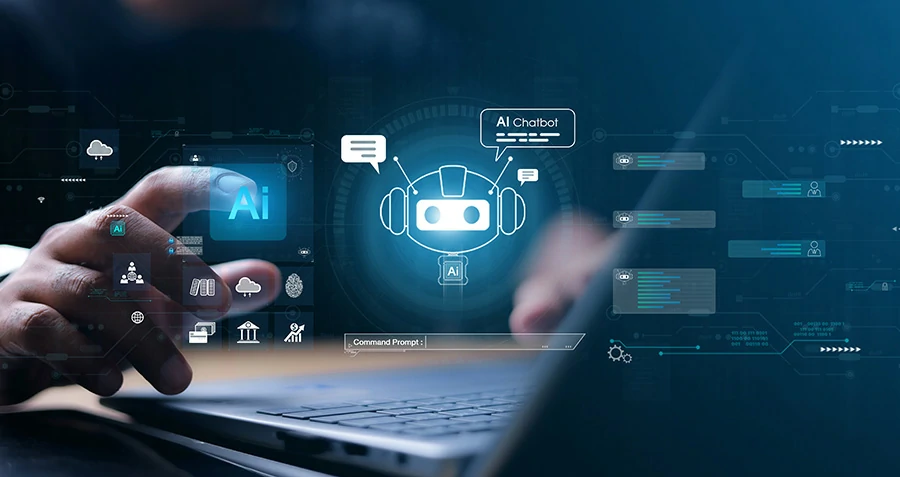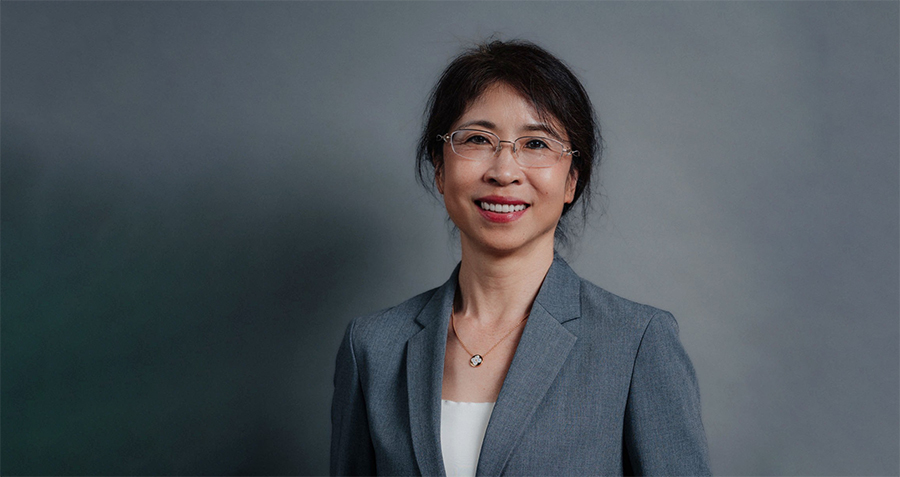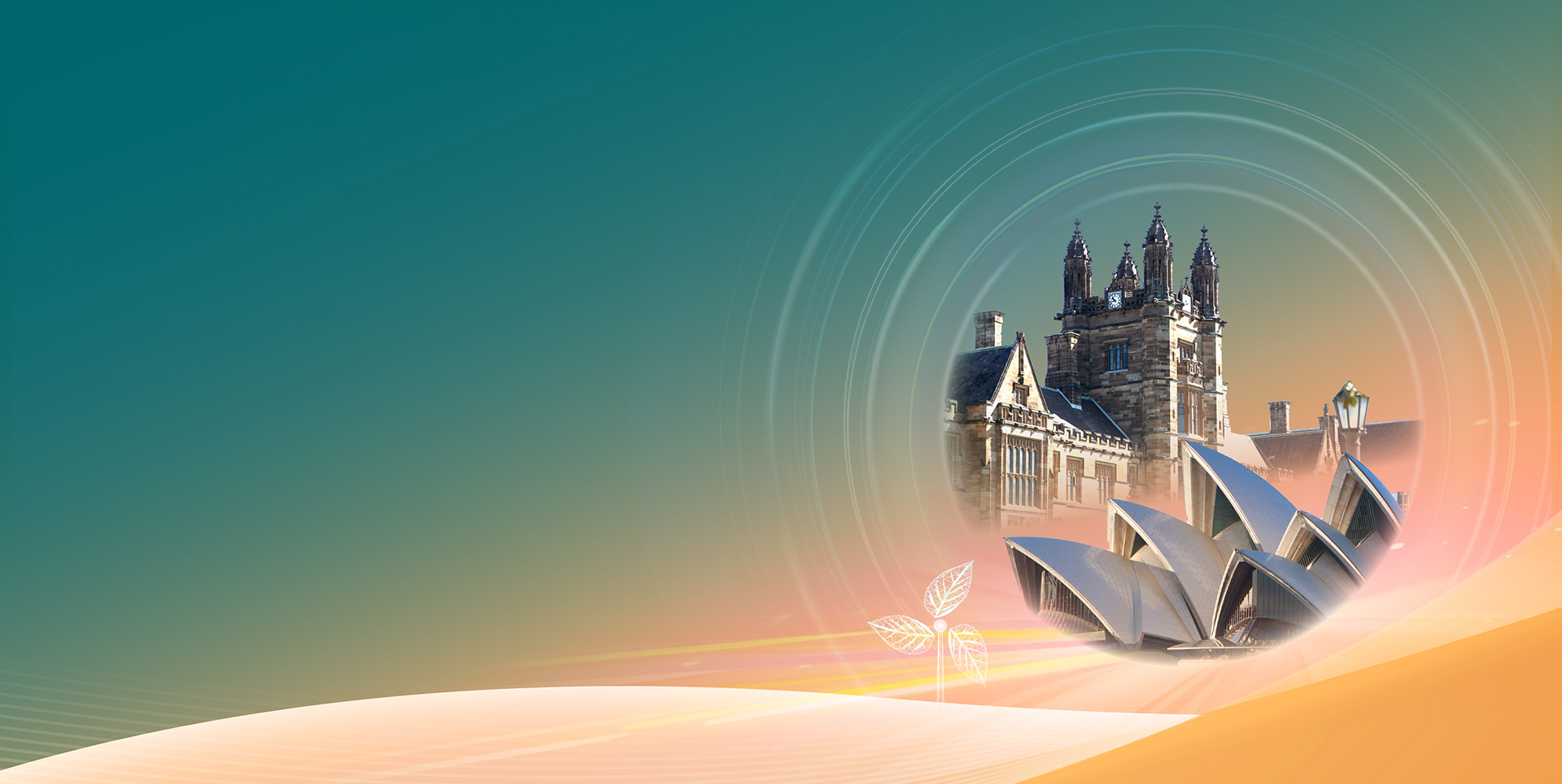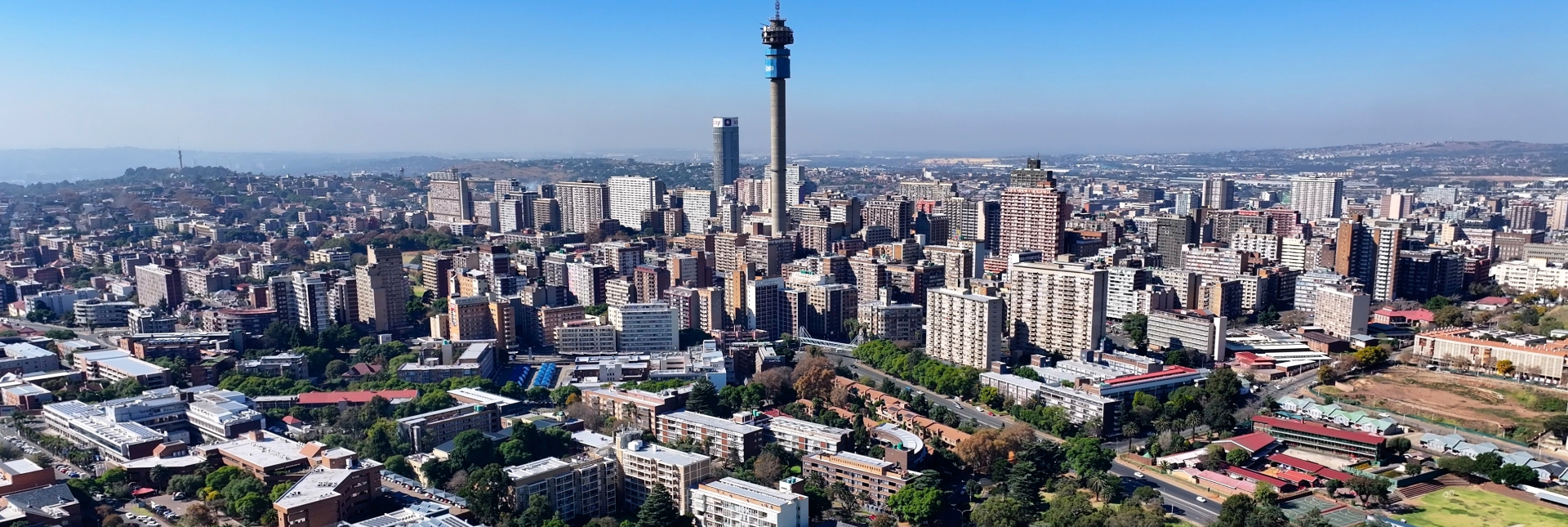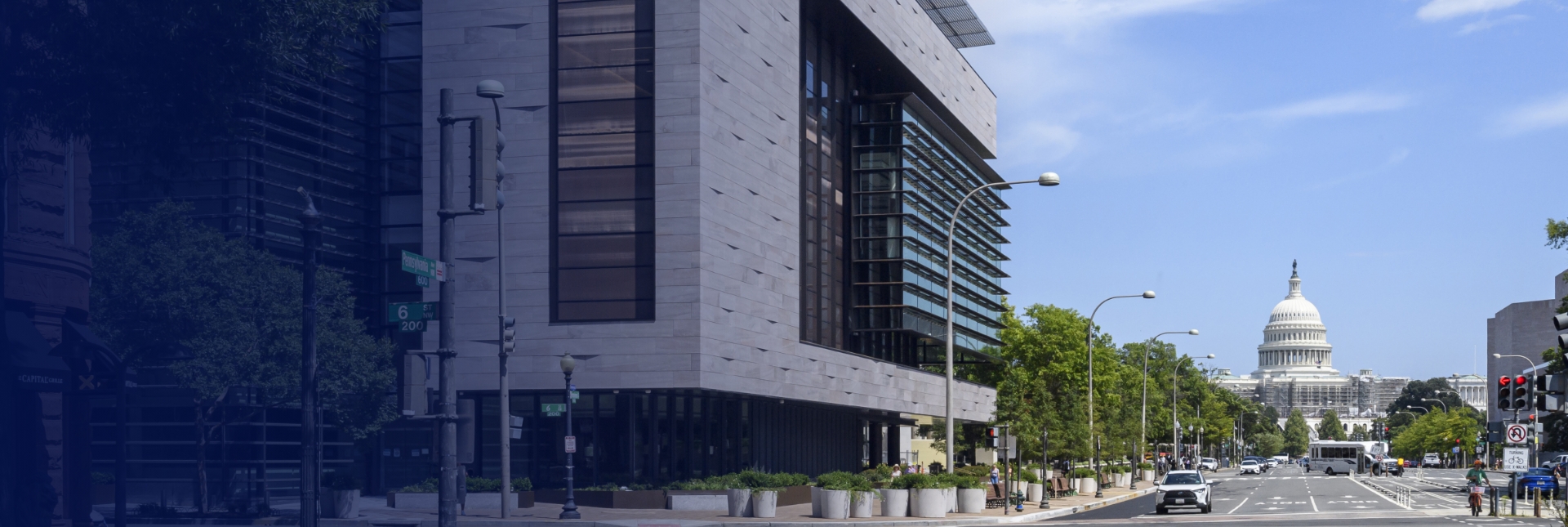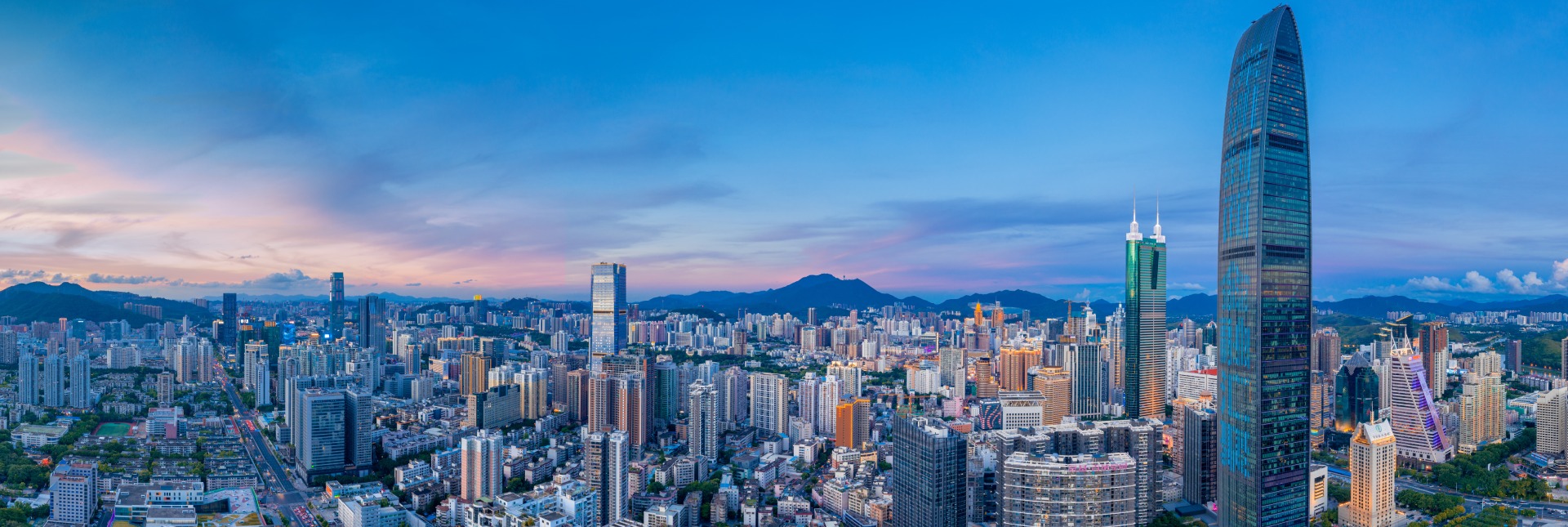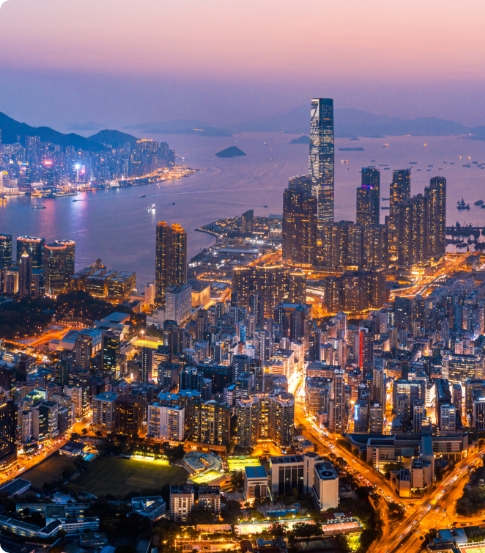Uncertainty has become the defining characteristic of our era. From supply chain shocks and market volatility to technological disruption, the environment in which businesses operate is increasingly complex and unpredictable.
This turbulence tests not only corporate strategy but also the psychological endurance of entrepreneurs. Under the combined weight of shifting markets, relentless decision-making, and organizational strain, leaders face a critical question: how to stay clear-headed amid change, and how to rebuild a sense of order when control is slipping. The answer often determines whether a business survives or fails.
In a world where uncertainty is the new normal, entrepreneurs must learn to build an inner order that transcends economic cycles. They must turn personal resilience into collective organizational energy and strike a balance between emotional depletion and cognitive renewal.
Resilience is not a single dimension of elasticity but a dynamic system where emotions and cognition work together.
Drawing on organizational behavior research and extensive empirical data, I proposed the concept of “Resilience²”—a multiplier effect that offers practical guidance for leaders in the digital economy. Through the model of resilient leadership—“Broaden Awareness – Envision the Whole – Connect Partners”—entrepreneurs can transform personal composure into organizational strength, sustaining growth in uncertain times.
01 Rethinking Resilience: Building Inner Order Across Cycles
In psychology, resilience refers to the ability to adapt and rebound in the face of adversity, trauma, threats, or major stress.
Over time, the term has crossed disciplinary boundaries—entering sociology, organizational behavior, economic governance, and public administration. Today, resilience is no longer just a metaphor for personal recovery. It has become a keyword in national strategy, corporate management, and cultural discourse.
In May 2025, for example, China’s State Council directive on strengthening the country’s modern enterprise system explicitly called for cultivating firms that are “more dynamic, more resilient, and more competitive.”
The crisis may have passed, but psychological systems have not reset. We are facing an invisible emotional backlash.
Through large-scale surveys since 2020, my team and I have tracked resilience in China’s workforce. The China Resilience Index (CRI) shows entrepreneurs’ resilience has improved since the pandemic but remains below 2020 levels, with dips in 2025. The data reveal a “psychological lag effect”: emotional recovery lags behind economic recovery, particularly among leaders.
Leaders’ real anxiety, we find, lies not in change itself but in the uncertainty of how to change. Resilience, therefore, cannot be left to time. Recovery requires building an internal rhythm system capable of enduring uncertainty. Without it, unmet expectations quickly trigger collapse.
True leadership lies in sustaining judgment when the future is unclear, and upholding belief structures when the path forward is not yet visible.
In my book Resilience: Rules for Refinement in an Uncertain Era, I introduced the Resilience Flywheel: awareness, meaning, and connection. By accumulating “small, sustained wins,” individuals strengthen resilience daily, transmitting it outward to teams and organizations.
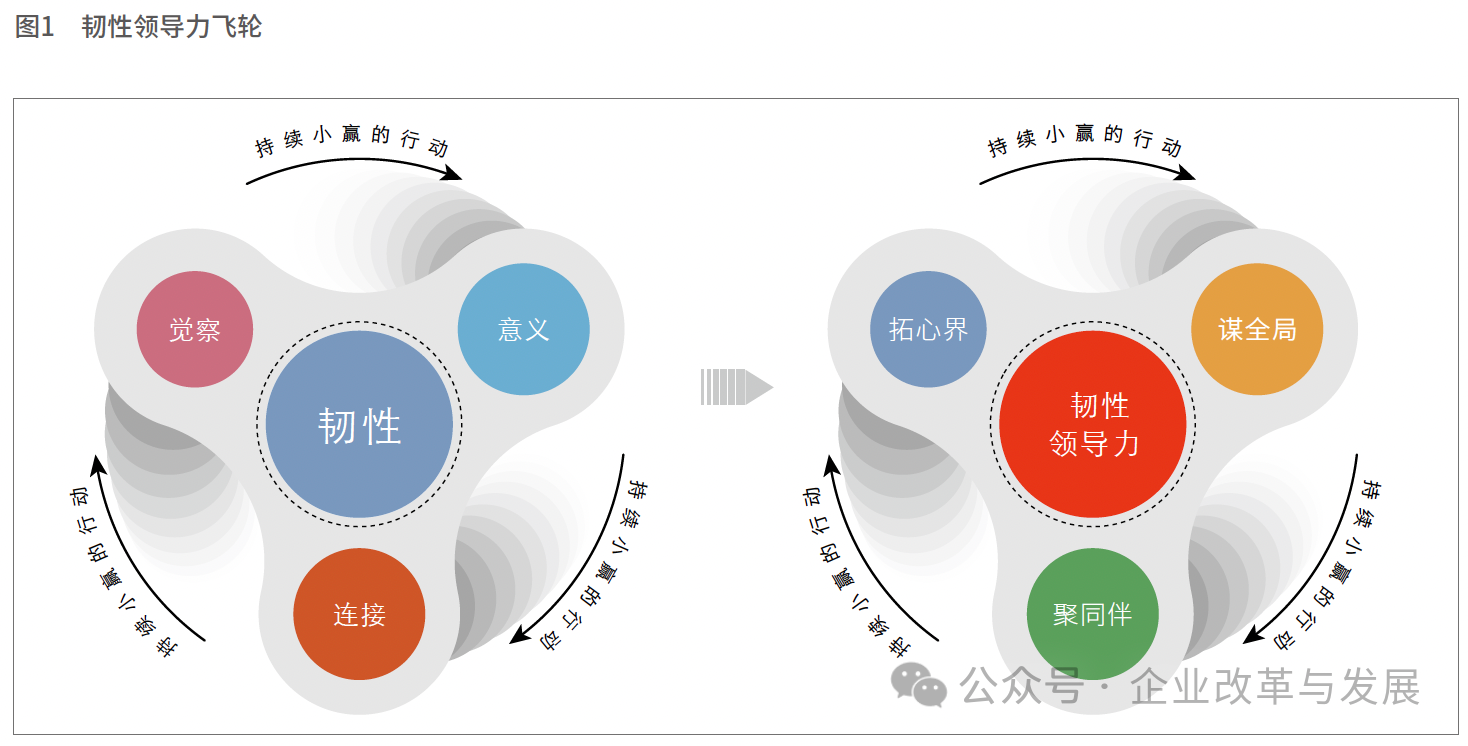
02 Resilient Leadership: Remaining the Trusted Choice
Many leaders today describe feeling trapped—able to see the road ahead but unable to move far or mobilize their teams. This paralysis often stems from three hidden traps:
- Cognitive narrowness – confined to one perspective.
- Short-sighted meaning – losing vision amid short-term noise.
- Fractured trust – weakened cohesion and fading willingness to share responsibility.
Escaping these traps requires systematic capability rebuilding. At its core is resilient leadership: self-awareness, cultivating resilience, influencing others, and transmitting resilience throughout the organization.
Resilient leadership is not a gift of talent or an extension of authority. “It is consciously cultivated, integrating personal composure with organizational strength.
Resilient leadership can be defined with three pillars:
- Broaden Awareness – broaden perception, help organizations see the whole.
- Envision the Whole – maintain direction under pressure, rebuild vision and drive.
- Connect Partners – deepen trust, inspire co-responsibility and co-creation.
These three form a flywheel of resilience across individuals, teams, and organizations.
Young employees are found to be most motivated not by bonuses or promotions, but by whether they feel trusted and supported. Cohesion is built not through control, but through trust and responsibility.
True resilient leadership does not mean making every decision for others. It means maintaining order amid chaos and transmitting composure.
03 Resilience²: The Multiplier Effect of Emotion and Cognition
Resilience does not naturally improve when hardship ends. True resilience is an active, dual process: repairing emotions and renewing cognition.
- Emotional resilience regulates and transforms emotions to maintain order.
- Cognitive resilience redefines meaning, sets goals, and directs action.
Emotional stability without cognitive agility leads to stagnation. Cognitive sharpness without emotional strength leads to collapse.
In my forthcoming book Resilience², I present the formula:
Resilience² = Cognitive Resilience × Emotional Resilience
Only when these two systems work in harmony—like the hands of a clock—can leaders sustain rhythm in uncertainty. Cognition is the hour hand, steady and directional; emotion is the minute hand, quick and sensitive.
When they move together, the psychological system generates stable rhythm, maintaining clarity and momentum. This elevates resilience from mere endurance to system design.
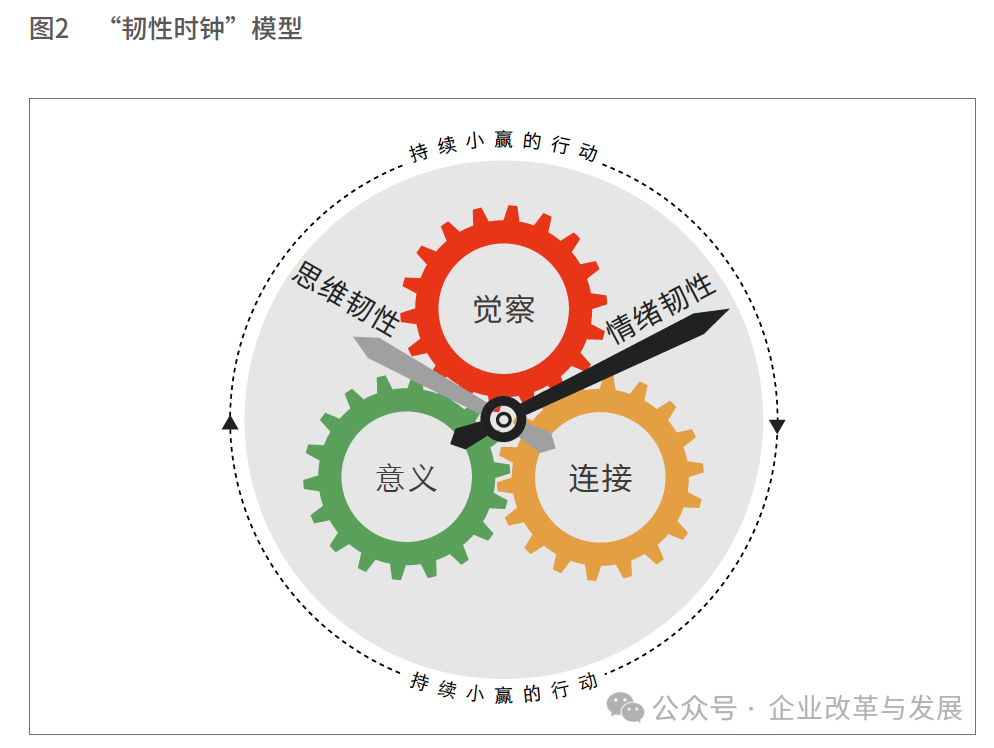
The goal is not to weather storm after storm, but to construct an internal rhythm system that sustains clarity, regenerates energy, and preserves orientation.
For leaders, resilience goes beyond self-mastery. When cognition and emotion synchronize, teams ignite and organizations build collective resilience.
The true competitive advantage is not temporary dominance, but the resilience multiplier effect—the ability to sustain rhythm across cycles and continually generate new energy.
First published in Chinese in Enterprise Reform and Development (September 2025, Issue 33)

